In Silicon Valley, Symbols of California’s Drought Abound
But a lukewarm response in the world’s technology capital.
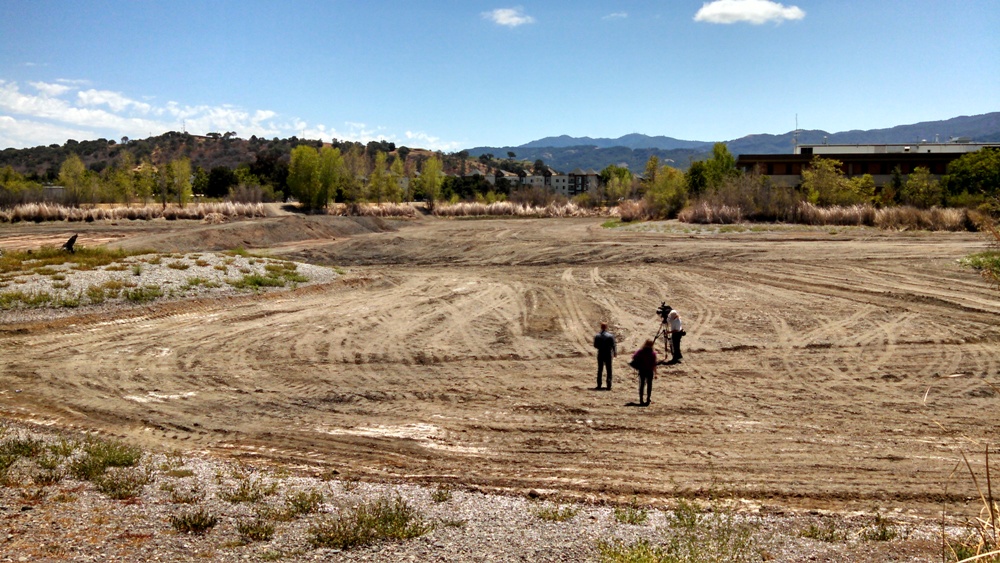
SAN JOSE, California – The rutted patch of dirt outside the Santa Clara Valley Water District’s headquarters is not supposed to look like a playground for all-terrain vehicles.
The 11-acre site is usually filled five-feet deep with water flowing out from distant mountains. Built in 1932, the Alamitos Groundwater Recharge project filters the supplies drip by drip into an aquifer beneath the Santa Clara Valley where the water is stored for future use.
The Alamitos site is one of nearly 100 groundwater recharge ponds that the district operates. Today, in the midst of a record drought in California, nearly all are dry. There will be no deposits this year in the water bank.
“It is a visible sign of the drought,” Marty Grimes, the district’s spokesman, told me. “We manage the groundwater basin in wet years for dry years like this. And we’re really turning to it this year.”
Signs of the drought are everywhere in the Santa Clara Valley, the geographic feature that is home to 1.8 million people as well as, in its northern reaches, to the technological dream-factory called Silicon Valley.
Those signs nearly encircle the water district’s headquarters, a visible reminder of every water manager’s worst nightmare.
A few steps from the empty recharge pond, the Guadalupe River, which runs through San Jose, is stripped of its essence. Rocks and crisp brown leaves fill the river bed where water used to trickle.
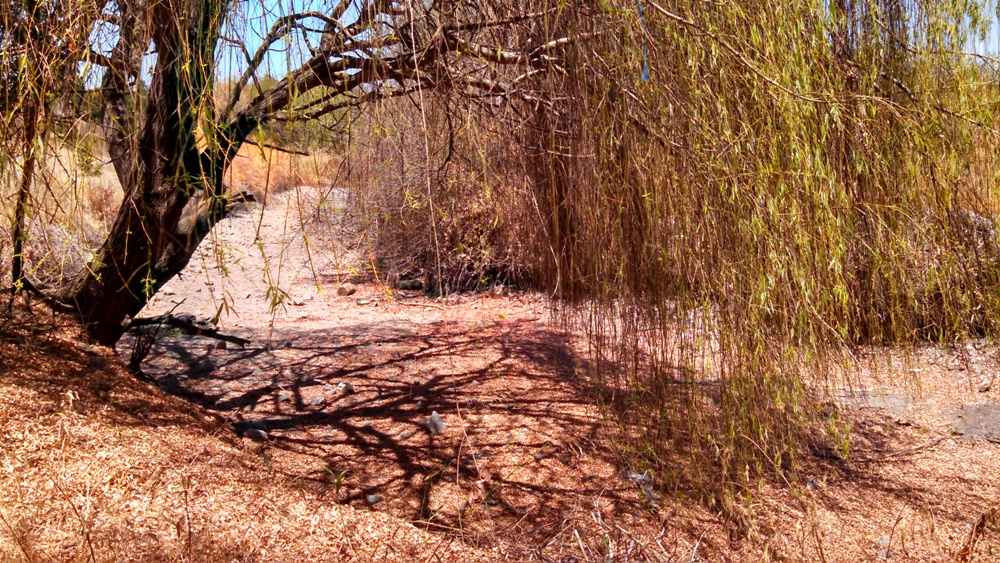
Elsewhere the signs are just that: written explanations.
In east San Jose a banner outside a home and garden store advertises “smart solutions” for drought.
A half-hour’s drive north on Highway 101, placards on Stanford University’s Club Med campus tell visitors that the ornamental fountains have been turned off to save water.
And yet, even though the signs of drought are evident, the reaction is sometimes a cold shoulder.
That San Jose home and garden store touts water solutions, but its sprinkler irrigating system is positioned so that pools of water form on the sidewalk between strips of grass.
Stanford, meanwhile, shuts off the fountains, but the sprinklers outside Memorial Court come to life promptly at dusk. In this case, the water comes from recycled supplies, though the excess still overflows into the streets. (The university to its credit has cut potable water use by 20 percent in the last decade.)
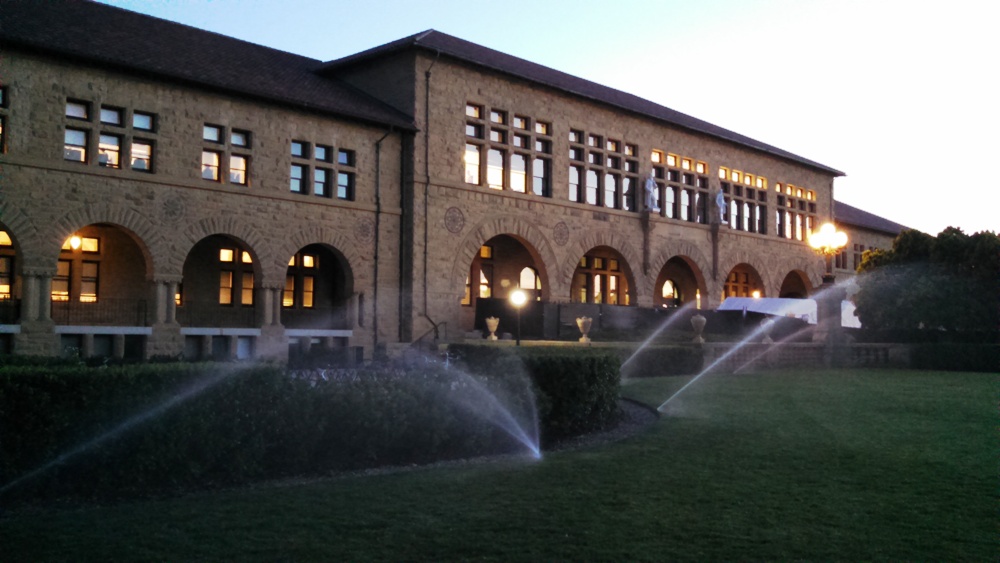
Grimes told me that in February the Santa Clara Valley Water District, a wholesaler, asked the agencies that buy its water to achieve a 20 percent reduction in use through the end of the year. The latest figures, through May, show a 12 percent cut and that water use is ticking up as the hottest days approach.
For those watering when they are not allowed, the district’s board is about to crack down on rules that have not been enforced.
The board will vote today on a plan to spend up to $US 500,000 to hire temporary workers to act as water police, Grimes said. The workers will help cities enforce restrictions that are on the books but ignored.
The district, for its part, is building for the future. A new $US 72 million recycled water facility opened in March that will provide water for landscaping, industry, and toilets in Levi’s Stadium, the new home of the San Francisco 49ers.
At the ribbon-cutting ceremony held last week, local leaders were instructed to pour a ceremonial splash of recycled water on a peach tree. Perhaps misunderstanding, a few leaders drank from their beaker instead.
Because the water is treated to such a high standard, the mistake was perfectly harmless, but it was a sign that leaders in a techie town are enthusiastic for the water technologies of the future.
Brett writes about agriculture, energy, infrastructure, and the politics and economics of water in the United States. He also writes the Federal Water Tap, Circle of Blue’s weekly digest of U.S. government water news. He is the winner of two Society of Environmental Journalists reporting awards, one of the top honors in American environmental journalism: first place for explanatory reporting for a series on septic system pollution in the United States(2016) and third place for beat reporting in a small market (2014). He received the Sierra Club’s Distinguished Service Award in 2018. Brett lives in Seattle, where he hikes the mountains and bakes pies. Contact Brett Walton


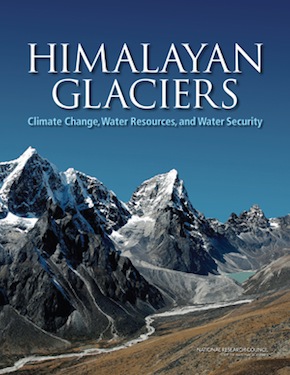
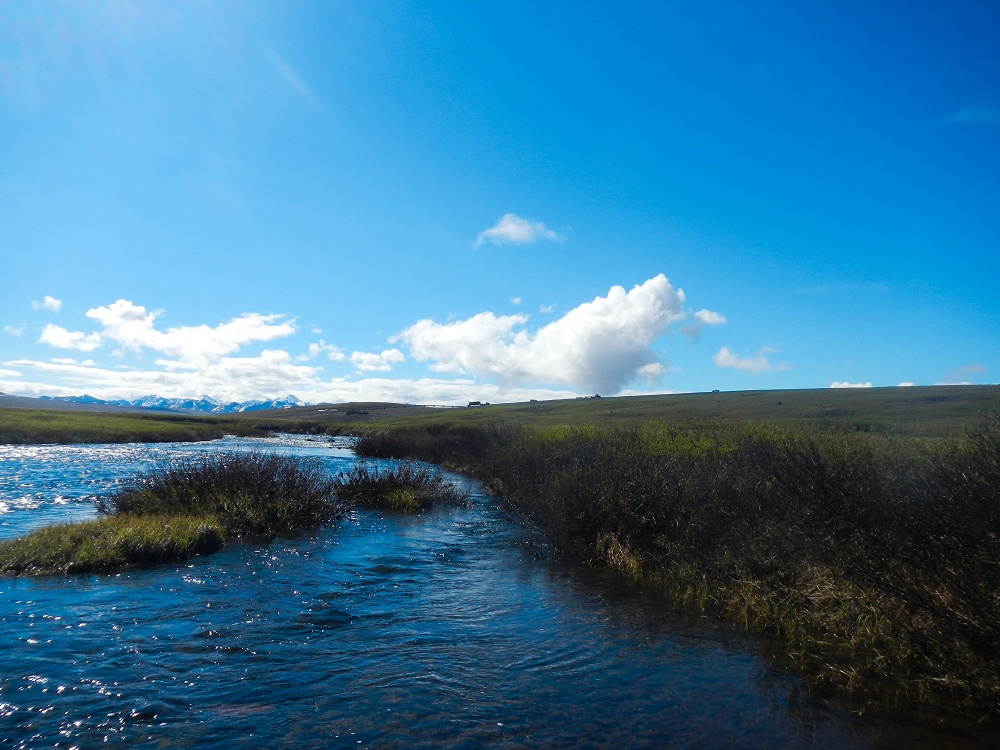
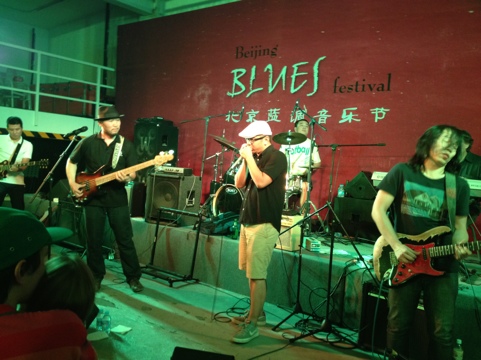


Leave a Reply
Want to join the discussion?Feel free to contribute!